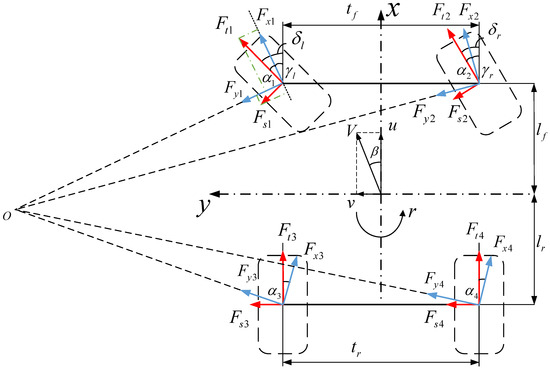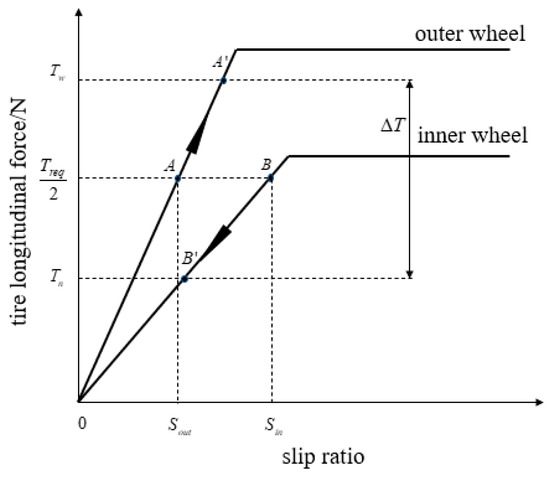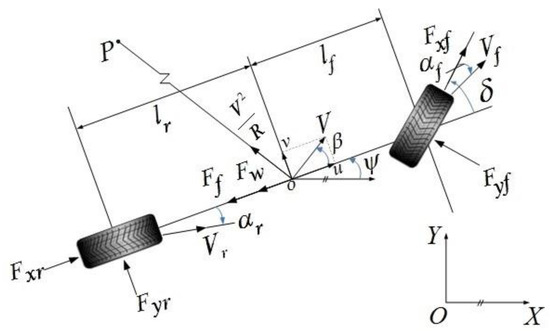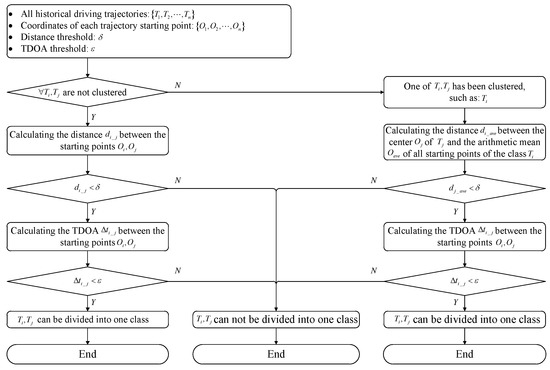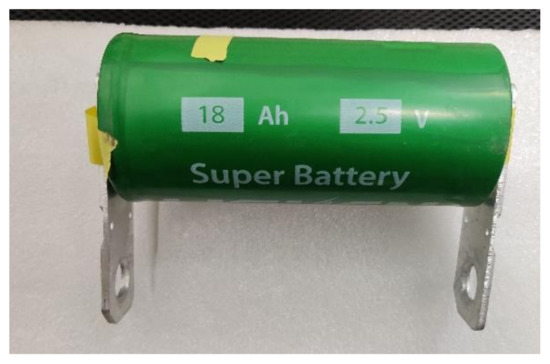State of the Art Electric Vehicle Technology in China
A topical collection in Energies (ISSN 1996-1073). This collection belongs to the section "E: Electric Vehicles".
Viewed by 10825Editors
Interests: high power density motor drive and power electronic technology with the main application areas of electrical vehicle and e-transportation etc.
Special Issues, Collections and Topics in MDPI journals
Interests: energy storage; electrochemistry; materials chemistry
Interests: lithium ion battery fire dynamics and prevention; glazing behavior under thermal loading; hazardous chemicals leakage and sub-consequence disaster; the inherent of spontaneous combustion; wind turbine fire
Special Issues, Collections and Topics in MDPI journals
Interests: lithium ion batteries; solid state batteries; interface; structure; phase transition; high energy density cathodes; electrode process dynamics; energy storage and conversion; first-principles calculations; solid state ionics
Special Issues, Collections and Topics in MDPI journals
Interests: battery thermal management; thermal energy storage; phase change heat transfer; micro/nano heat transfer; novel heat pipe
Special Issues, Collections and Topics in MDPI journals
Interests: electric vehicle
Special Issues, Collections and Topics in MDPI journals
Interests: battery reliability analysis; battery health management; battery state estimation
Special Issues, Collections and Topics in MDPI journals
Topical Collection Information
Dear Colleagues,
In the trend of electrification, intelligence, sharing and networking, and increasingly stringent environmental requirements, electrification is the future development direction of automobiles. In the past decade, China's electric vehicle market has developed rapidly, and now it has become the largest electric vehicle market in the world. Its sales of electric passenger cars account for half of the world's total, and the sales of electric buses and electric trucks account for more than 90% of the world's total.
Research in pure electric vehicles in China began in the 1960s. With the strong support of the state, some universities, automobile research institutes, and production enterprises jointly developed rechargeable batteries and pure electric vehicles and achieved fruitful results. At present, China has achieved independent mass production of pure electric cars and pure electric buses and is at the forefront in the performance technology of key components such as high-power Ni MH battery and lithium-ion battery. There is not a big gap between China and traditional automobile powers in the development of pure electric vehicle technology, and the country even has reached the world-leading level in some fields, such as zinc-air battery and lithium-ion battery research. With the change in China's automobile industry form and consumption mode, automobiles, transportation, information communication, and other industries are mutually enabling each other. In the future, cross-industry and cross-field integration development will become a major development trend of electric vehicles. The electric vehicle industry, however, despite its rapid development, still faces many challenges, including insufficient infrastructure, short driving range, long charging time, and safety.
We set up this Topical Collection to collect papers on China's advanced electric vehicle technology and development trends, while providing some new directions for thinking about electric vehicle development in China and even the world. We invite papers on innovative technical developments, reviews, case studies, as well as analytical and assessment papers from different disciplines that are relevant to the topic of electric vehicles.
Dr. Xuhui Wen
Prof. Dr. Kangli Wang
Prof. Dr. Qingsong Wang
Prof. Dr. Xia Lu
Prof. Dr. Zhonghao Rao
Prof. Dr. Junnian Wang
Prof. Dr. Quanqing Yu
Collection Editors
Manuscript Submission Information
Manuscripts should be submitted online at www.mdpi.com by registering and logging in to this website. Once you are registered, click here to go to the submission form. Manuscripts can be submitted until the deadline. All submissions that pass pre-check are peer-reviewed. Accepted papers will be published continuously in the journal (as soon as accepted) and will be listed together on the collection website. Research articles, review articles as well as short communications are invited. For planned papers, a title and short abstract (about 100 words) can be sent to the Editorial Office for announcement on this website.
Submitted manuscripts should not have been published previously, nor be under consideration for publication elsewhere (except conference proceedings papers). All manuscripts are thoroughly refereed through a single-blind peer-review process. A guide for authors and other relevant information for submission of manuscripts is available on the Instructions for Authors page. Energies is an international peer-reviewed open access semimonthly journal published by MDPI.
Please visit the Instructions for Authors page before submitting a manuscript. The Article Processing Charge (APC) for publication in this open access journal is 2600 CHF (Swiss Francs). Submitted papers should be well formatted and use good English. Authors may use MDPI's English editing service prior to publication or during author revisions.
Keywords
- Intelligent electric vehicles
- Energy storage
- Motor drive
- Power electronic
- Vehicle dynamics
- Big date
- Optimization and management











